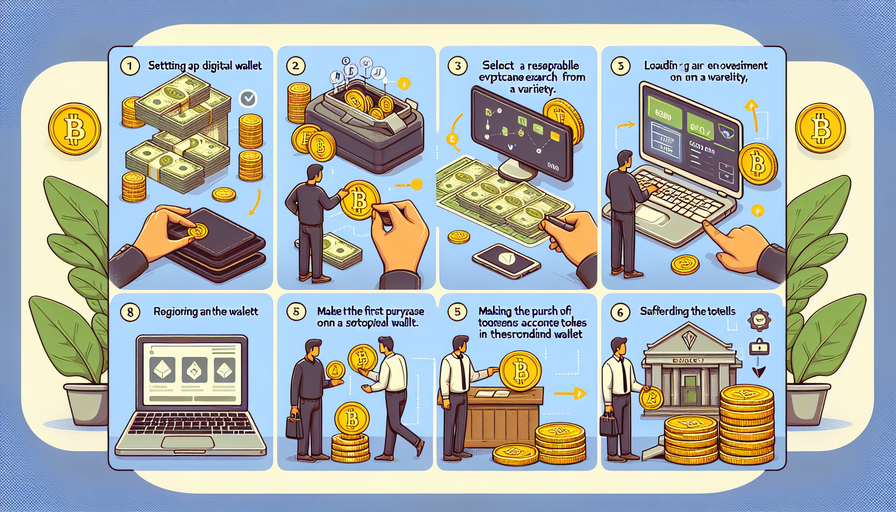With the release of a new iOS version, Apple users are always eager to get their hands on the latest features and improvements. iOS 16 is no exception, promising exciting updates and enhancements for iPhone and iPad users. If you’re looking to upgrade your device to iOS 16, here is a detailed step-by-step guide on how to do it.
1. Check Device Compatibility
Before attempting to update your device to iOS 16, it’s essential to check if your iPhone or iPad is compatible with the new operating system. Apple typically provides a list of supported devices for each iOS version on its website. Make sure your device is included in the list before proceeding further.
2. Backup Your Data
Before initiating any software update, it’s crucial to back up all your important data to prevent any potential loss during the process. You can back up your data using iCloud or iTunes. Ensure that all your photos, videos, contacts, messages, and other essential information are securely backed up.
3. Connect to Wi-Fi and Power Source
To download and install iOS 16 successfully, ensure that your device is connected to a stable Wi-Fi network. Additionally, make sure your device is sufficiently charged or connected to a power source throughout the update process to avoid any interruptions due to low battery levels.
4. Update Over-the-Air (OTA)
The most convenient way to update your device to iOS 16 is through an over-the-air (OTA) update. To do this:
– Go to Settings on your iPhone or iPad.
– Select General.
– Tap on Software Update.
– Your device will check for available updates.
– If iOS 16 is available, tap Download and Install.
– Follow the on-screen instructions to complete the installation.
5. Update Using iTunes
If you prefer updating via iTunes on a computer, follow these steps:
– Connect your iPhone or iPad to your computer using a USB cable.
– Open iTunes and select your device.
– Click on Summary in the left sidebar.
– Click on Check for Update.
– If an update is available, click Download and Update.
– Follow the prompts in iTunes to complete the installation process.
6. Set Up New Features
Once you have successfully updated your device to iOS 16, take some time exploring the new features and enhancements that come with this version. From improved privacy settings and security features


